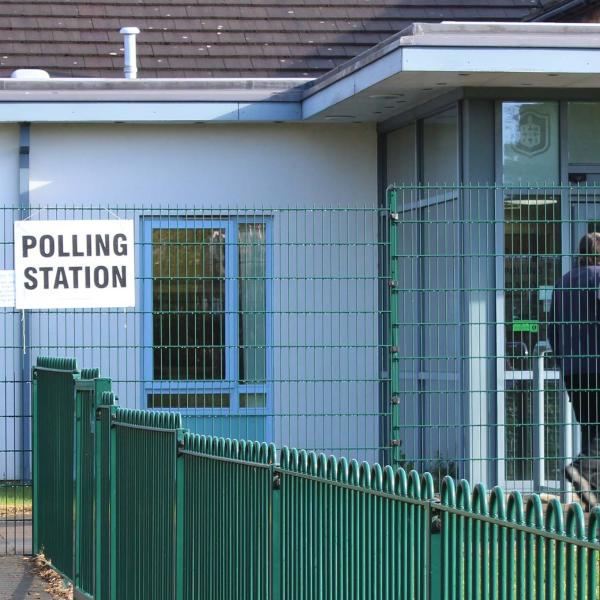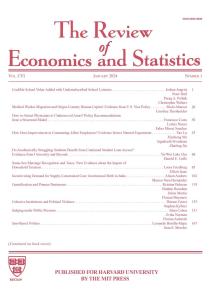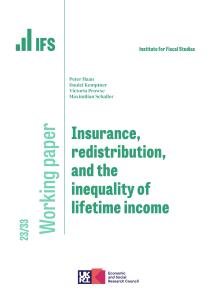Given the uncertain state of the economy and public spending promises which will raise the deficit, promising tax cuts in the short run looks risky. Any new tax cuts should be designed to improve the design and efficiency of the tax system, promote growth or achieve some clear distributional objective. It is hard to see how the prime minister’s plans to raise the higher-rate threshold in income tax from £50,000 to £80,000 and to raise the point at which people start paying National Insurance contributions (by an as-yet unspecified amount) meet those criteria.
New analysis by IFS researchers shows that an £80,000 higher-rate threshold would cost £8 billion a year (in today’s prices) even if it were not fully in place until 2024. Every £1,000 rise to employee and self-employed NICs thresholds would cost £3 billion, or £5 billion if the employer NICs threshold were raised in tandem. Raising all NICs thresholds to match the current income tax personal allowance of £12,500 would cost £17 billion.
Raising the higher-rate threshold helps, at considerable cost, those on higher incomes without improving the design of the tax system or significantly improving work incentives. Raising NICs thresholds is the best way to help low earners through the tax system, but most of the benefits go to higher earners, it again narrows the tax base, and it is nowhere near as effective at helping low-earning families as is increasing work allowances in universal credit.
Taking each policy in turn:
Raising the threshold at which National Insurance contributions (NICs) become payable
- Raising the point at which employees and the self-employed pay NICs by £1,000 would take 0.6 million people out of paying NICs. After many years of fixating on income tax, proponents of tax cuts could reasonably applaud giving some attention to the less politically salient NICs. This would, however, further reduce the direct tax base, which is already low by international standards after successive increases in the income tax personal allowance.
- The prime minister has said that helping low earners is his priority. Raising NICs thresholds is the best way to help low earners through the tax system, but only 3% of gains would go to the poorest 20% of households. A £3 billion cut to employee and self-employed NICs raises incomes of this group by just 0.1% (£20 per year) on average. This would pale in comparison with the losses from benefit and tax credit cuts experienced by this group since 2010, which have reduced their average incomes by more than 10%.
- A better-targeted way to help low earners would be to increase work allowances in universal credit. Spending £3 billion on this could raise average incomes of the poorest 20% of households by 1.5% (£230 per year). Doing so would also tend to strengthen the incentive to be in paid work for some of the lowest paid.
Raising the higher-rate threshold (HRT)
- Raising the HRT to £80,000 in the next fiscal year would benefit the highest-income 8% of adults and 13% of income taxpayers. 15% of adults live in a household where someone would gain immediately, and at least a quarter are likely to do so at some point in their lives.
- The policy would take 2.5 million people out of paying higher-rate tax, more than reversing the increase over the past three decades and taking the number of higher- (or additional-) rate taxpayers down to 1.3 million, or less than 3% of adults – the lowest level since the individual income tax system began in 1990.
- 75% of gains would go to the highest-income 10% of households. This group have seen their net incomes fall by around 6% as a result of tax and benefit changes since 2009.
- If the government wants to spend this sort of money on reducing taxes for those on high incomes, it should consider removing the implicit 60% tax band on those with an income of between £100,000 and £125,000 (due to the withdrawal of the personal allowance). Introducing a higher rate of 45%, rather than 40%, at £80,000 (£75,000) would recoup most (all) of the additional cost and return us to a simpler two-band (20% and 45%) income tax schedule.
Xiaowei Xu, a Research Economist at IFS and an author of the research said:
‘Given promised spending increases and growing demographic pressures, taxes are likely to have to rise over the next decade. Promising £10 billion to £20 billion of tax cuts is therefore a major commitment. If you are going to spend that much cutting taxes for those on high incomes or supporting low earners, you could find much better ways of doing so than the policies proposed by the prime minister. Cutting NICs to help low earners is a particularly blunt instrument – raising work allowances in universal credit would deliver far higher benefits to the lowest-paid for a fraction of the cost.’










